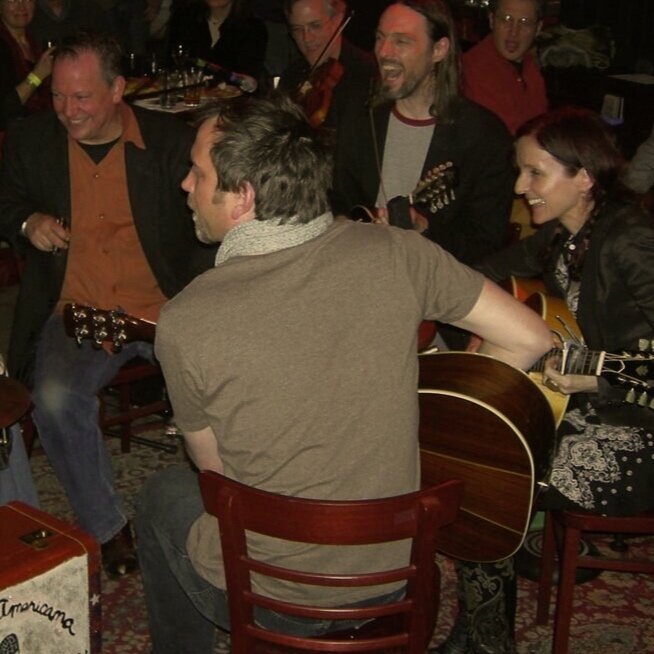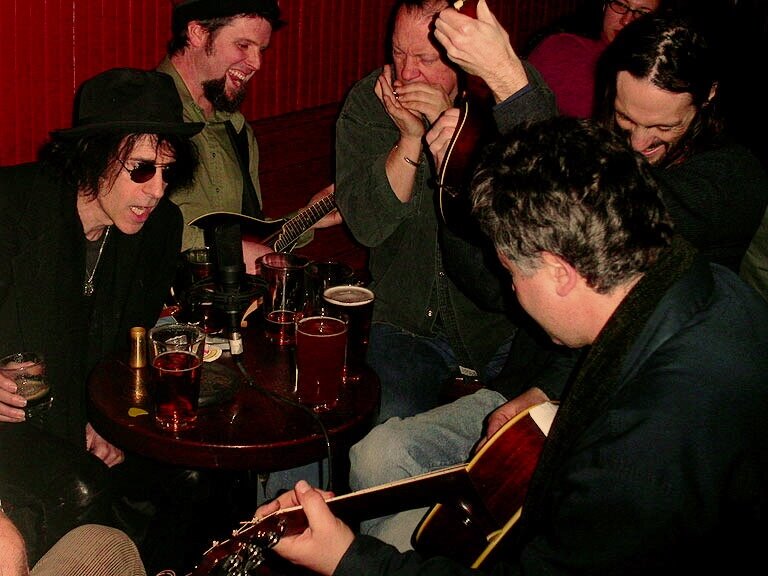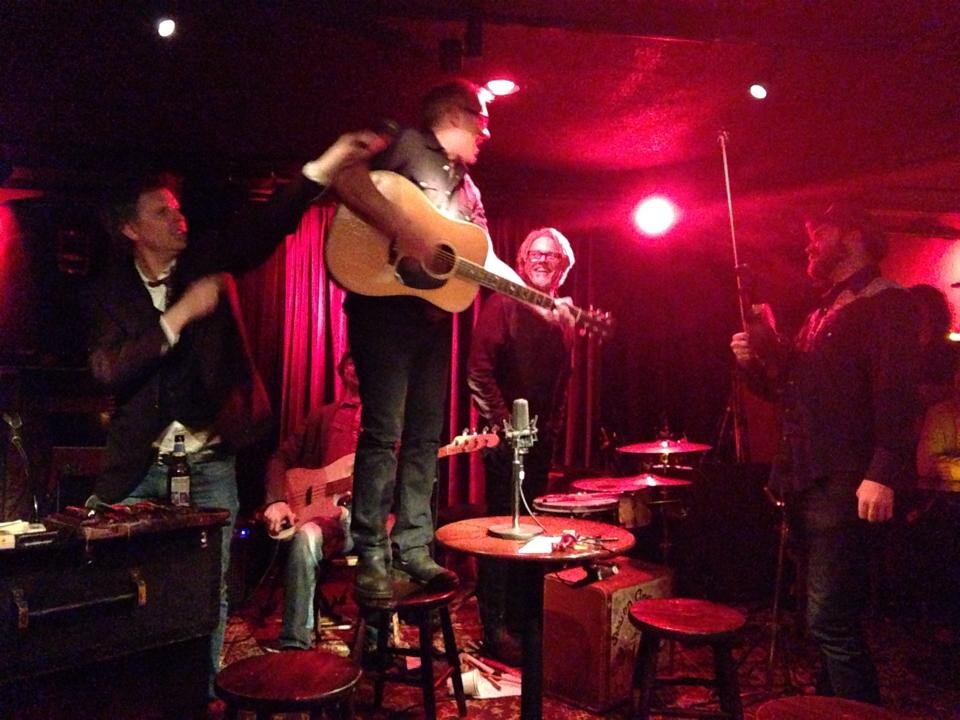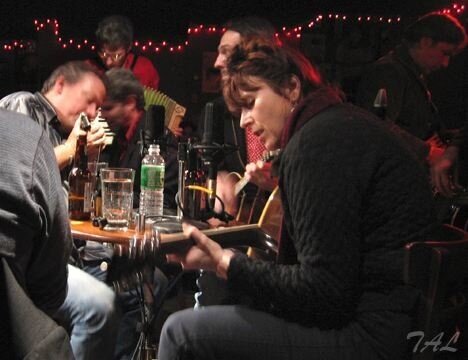In 1970 my parents were on a ferry in the Irish Sea when a passenger fell on and crushed the LG-2 Gibson that my father was carrying around Europe. On their return to New York, my father blamed the airline for the damage and settled for $500 compensation. That was a lot of money to my parents, probably all they had. My mom was pregnant with me at the time and they were more or less adrift in the world, staying with friends and family wherever they found a welcome. In spite of their financial situation, my dad did the sensible thing and played the long game: He went to Mandolin Brothers on Staten Island and bought a new Martin Guitar for $500 in cash. He claims he tried all the guitars in the shop and settled on the D-35. I find that hard to believe since a 1970 D-35 was not a good sounding or playing guitar. It was made out of scraps of the cheapest wood they could find in the shop, held together by massive tone-killing timbers and gobs of glue, assembled by scabs hired from the local high school (so goes the myth anyway). They even put the bridge in the wrong place, so it never intonated correctly. I hate to think what he could have bought for $500 in Mandolin Brothers in 1970, some would be priceless instruments today.
Regardless of its quality, that was the guitar I grew up hearing, the guitar he wrote all his songs on, and the guitar I wrote most of my songs on. He must have played hundreds of gigs with it and I know I played hundreds more. Its been a part of my life fort as long as I can remember and its the only instrument I own that I would never sell.
Happily, the D-35 found its way to TJ Thompson’s work bench in the late 90s. Jennifer and I were just starting our relationship when she got the call up to the “majors” and signed a contract with Polygram Records to make a Jennifer Kimball album. There was a little money sloshing around and she thought the D-35 might be useful in the studio but wanted to see what could be done about the intonation, so she brought it to TJ who is a wizard and the an expert on pre world war two Martin Guitars, but was willing to help. He put the bridge where it should have been in the first place and made a few little tweaks under the top. I remember when Jennifer brought the guitar back to my little basement apartment in Central Square, I was steaming mad! What happened to my guitar? It didn’t sound anything like the instrument I grew up with. You know that feeling when you’re reading in the fading light and someone turns the light on for you? There’s a moment of surprise and annoyance that gives way to thankfulness and comfort. It took me a while, but it was a better instrument and I fell in love with it. It did get some good use on Jenn’s record too.
One of my inspirations starting Session Americana was to get out from behind the pick-ups we had all been putting on our instruments. I remember when we were putting the early sessions together, how much I looked forward to playing that guitar and being able to hear its real actual sound. What a great feeling to give that guitar some use, playing it and passing it around the table like a totem, carrying the joy and creativity of countless hands and voices expressing themselves.
Dad gave me the D-35 on my 18th birthday. He was dead three years later. It is not much of an exaggeration to say thats all he left me. There were a few records, a couple of almost-finished novels, and some songs. The Martin was the only thing of value. You cant make a very long list of things you could buy, use hard for a long time, and pass on in better condition than you found it, but good musical instruments do just that. They are a good investment in pure economic sense as they hold or increase in value, but they also get more useful and more desirable as they age. They also occasionally carry our stories, our hopes, our sorrows, and our songs. My mom is still a little sore that he spent the whole $500, but for once a little recklessness paid off. The long game.
-Ry Cavanaugh




